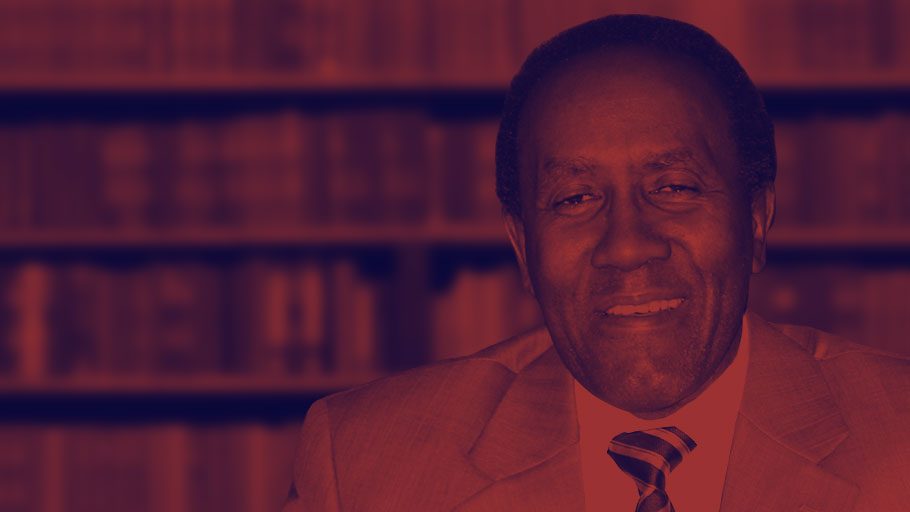Rastafarians without any scientific evidence were always adamant about the miraculous properties of marijuana or ganja. For the Rastafarian Brethren the “weed” personified the healing of the nation. It became an essential part of their groundation and the steam pipe or “cutchie” pipe was imbibed in a group ritual with the “weed” being blessed before the “herbs” were set ablaze.
There was also the folk wisdom in rural Jamaica about the medicinal properties of marijuana. “Herbs” could be used in tea form to open the lungs of the asthmatic. And “herbs” soaked in white rum could be used for many ailments.
The smoking of ganja or marijuana was seen as an activity that “lower class” people indulged in at their peril of severe prosecution. In modern Jamaica, possession of a “spliff” and a judgment of guilty would automatically mean a sentence in prison for eighteen months.
The ruling class saw smoking of weed as exceedingly dangerous and indulgence not only risked imprisonment but would cause shame on the respectable middle class family.
Class relations in Jamaica became more complicated in the post-independence period as more and more “respectable” youth gravitated to Rastafari and freely indulged in the praxis of smoking “weed”.
There was no lucrative market in wholesale and retail of marijuana on the domestic market. The “cutter” was usually a member of the community who sold nickel bags and eked out a modest living. There was no violence surrounding the selling or distribution of “weed”. Lucrative markets and the violence entered the fray when the transnational drug markets began to take hold. In the 1970s and 1980s “weed” was exported from Jamaica in an ad hoc manner although some exporters moved heavy loads by aircraft’s landing and taking off on make-shift runways.
The involvement of Jamaicans with the export marijuana trade caught the attention of the Drug Enforcement Administration in the United States. The DEA agents flooded Jamaica with their personnel and were instrumental in drying up the export market. At the time the DEA was the fastest growing federal agency as America sought to deploy federal bureaucrats in parts of the world to give teeth to America’s war on Drugs.
International drug markets are elusive as they move from one geographical region to another. The motivating force is greed and there is big money in illicit drug markets. The violence in Mexico and elsewhere reflects the anarchy of the highly competitive nature of the business whether it is marijuana, cocaine or heroin.
The United States government was the world’s leader in drug prohibition and international drug conventions made the prohibition of drugs into international law that all nations were expected to abide by the stringent conventions.
On the domestic front, the federal and local governments passed draconian legislation to ensure severity of punishment for those engaged in the illicit drug markets. America’s prison population exploded from 200,000 in the 1970s to 1.5 million in 2014 with another 700,000 incarcerated in jails. The cost of imprisonment also increased exponentially and the Department of Justice now recognizes that the prison budget is growing at a faster pace than any other component of the Justice Department.
The war on drugs is now seen as unwinnable and non-violent drug offenders in federal prisons are having their mandatory sentences revisited with the possibility of early releases.
The culture surrounding drugs has shifted from that of a dragon to that of a pussycat. Over twenty states, including New York State, have allowed for the medicinal use of marijuana. Research scientists have discovered that there are chemical compounds in marijuana that are helpful to cancer patients being treated for chemotherapy and who are suffering from nausea. A certain component of marijuana has been found to be an antidote for children suffering from chronic epilepsy. In Jamaica, the researcher, Dr. Henry Lowe, has created a tablet made from marijuana that is useful in the treatment of glaucoma. For a drug to be used in the United States it has to obtain the approval of the Federal Drug Administration (FDA) and that can entail protracted testing.
Despite the Federal Government’s obstinacy, states like Colorado and Washington are proceeding with the recreational use of marijuana. Want remains problematic, is the variegated potency of THC which is the ingredient in marijuana that triggers the high. Some psychiatric associations are wary about the smoking of marijuana by vulnerable participants with a genetic disposition vis-a-vis schizophrenia or bi-polar disorder.
The other sensitive issue is the impact on adolescents. Some research scientists argue that marijuana has a damaging impact on brains that are still in the process of formation. The new cultural dispensation to the use of marijuana has led to a sharp rise in teenagers indulging in the smoking of marijuana.
There is a lot that we know and there is lot that we do not know. There is a lot of research still to be done. Nonetheless, the genie is out of the bottle and despite those dangers, it is prudent that the society now is moving to see drugs as a mental health issue rather than as a criminal issue.














